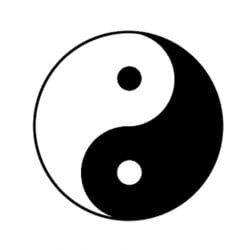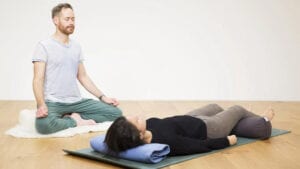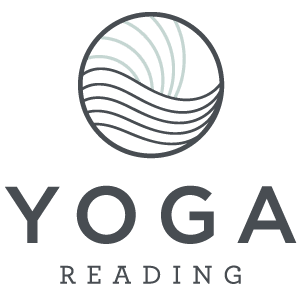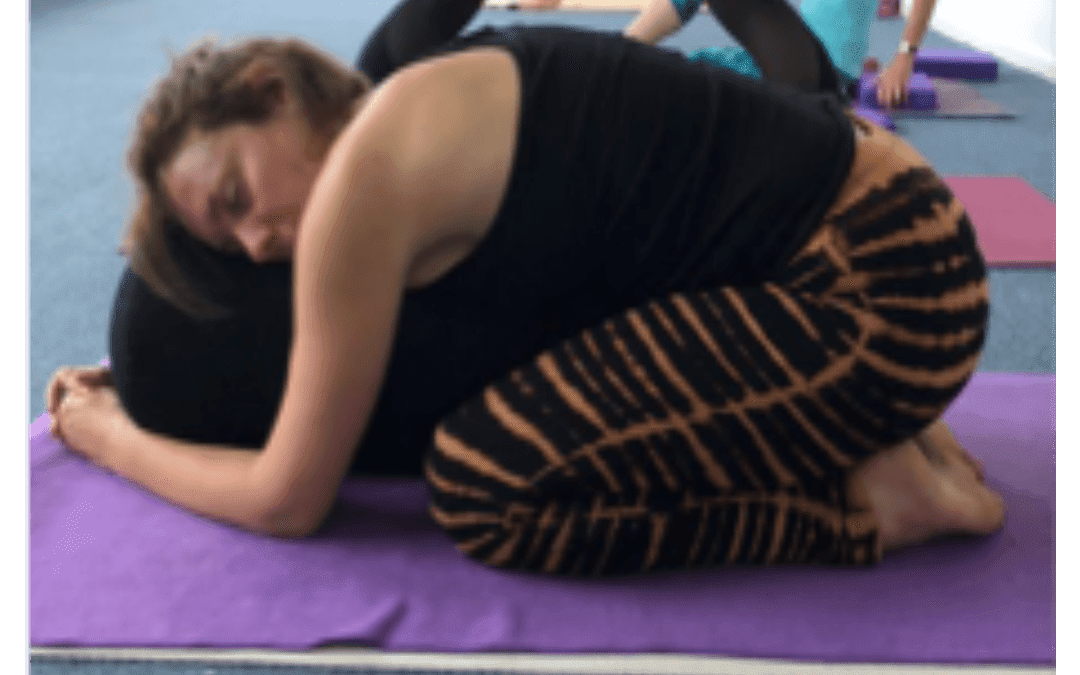Katia resting in the middle of an Ashtanga self practice class (previously this would have been unheard of!)
I have always been a ‘doer’. At school I remember being involved in lunchtime and after-school clubs – filling every possible moment with activities. Yes, it was encouraged by my family but, also, I never liked doing nothing – or being bored as I always saw it. I wanted constant stimulation and couldn’t wait until I was allowed to cycle/walk to places and so no longer reliant on the taxi of Mum or Dad.
At Uni, I continued my busy-ness by being a social butterfly, working part-time, volunteering part-time as well as studying and continuing with various sports clubs. My career developed out of this talent for organising and doing and I relished jobs that were Project Manager or Operations focused and needless to say I love, love, LOVE a good old to do list. In fact I have lists of to do lists – that’s how dedicated I am to the art of being busy.
I enjoy being busy, I like getting things done, I like being involved, I like the sense of completion and of ticking something off. If I’m not in the middle of doing several projects at once then who on earth am I?
So, it’s hardly a surprise that it was Ashtanga yoga that first appealed to me. Although Ashtanga can (and should) be practiced calmly and with gentle breath, what I loved most was the heat and challenge of Ashtanga – the fact that it was difficult and made me work hard; the fact that there was so much to do in those 5 breaths!
You can imagine my first thoughts when my teacher training included Yin Yoga. This form of yoga, which started out with only 14 postures (this is now growing as new teachers add to it but still it’s no-where near other forms of yoga with 100’s of postures), focuses on:
- Stillness
- Holding postures for minutes at a time (often 5+ minutes!)
- Working to your edge (which is actually about working at around 70%, avoiding pushing or striving and focusing on being in a shape – ie not on achieving anything).
This Yin Yoga forced me to stop. And, I have to admit, I experienced some resentment about this in my early practice. I’m not sure if I would have continued to practice Yin if it hadn’t been part of my Teacher Training. But consistent exposure to it over 14 months made a huge impact.
I could see the balance that this Yin way of paying attention, of moving my body, of waiting, of just being, bought to the other very Yang elements of my life.

Yin Yoga is derived from the Chinese philosophy of Taoism of which one of the fundamental elements is the balance of Yin and Yang in everything that make up the world.
What was useful for me was that meditation seemed so difficult and unobtainable but a Yin Yoga practice allowed me to move every few minutes and, the way I was taught, was accompanied by beautiful poems and stories that really helped to soothe my active brain. I even found that as the practice progressed I wanted to stay longer in these poses and allow myself to rest.
And for those of us who need more persuasion there are other scientific-backed benefits of adding a slow practice into your repertoire including:
-
- It helps us access our parasympathetic nervous system (rest and digest)
- Which in turn improves our digestion
- It helps our brains assimilate what’s going on for us
- It boosts immunity
- Helps with sleep
- Normalises blood pressure
- Lowers heart rate
- Improves lung function
- Calms and steadies the mind
vSlow breathing can help to expel toxins from the blood
- Rhythmic internal pressure of slow breathing can stimulate the circulation of spinal fluid which energises our brains.
And I’m really not just talking about Yin Yoga – that was just my entry into the art of resting. We have the fantastic James Reeves returning to Yoga Reading on September 15th to run a Yoga Nidra workshop using the Irest principles. James shares his learning on the neuroscience of rest and how Yoga Nidra can be used as an invaluable tool to bring balance into our hectic lives.
Whatever the hook is for you, I would strongly recommend exploring what tools are out there that can help you to create some ‘yin’ in your life – even if you have to add it to your already long ‘To Do’ list and diarise the time for yourself – it will be oh so worth it.

James Reeves is visiting Yoga Reading to run an Irest workshop in September
Katia teaches Yin Yoga at Yoga Reading every Friday evening and James Reeves is visiting Yoga Reading on 15th September 1:30 – 4:30pm.



RECENT COMMENTS